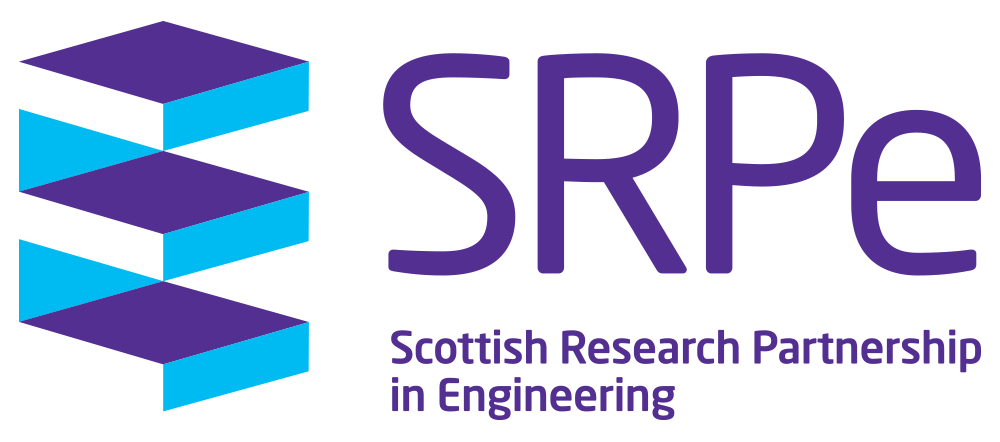Surface Bio Functionalization of Plasmonic Environmental Sensors
PECRE Award Holder: Ili Farhana Mohamad Ali Nasri, University of Glasgow
Exchange Host: University of Paris 13, France
Various types of diagnostic tools for environmental monitoring have been explored and developed to detect chemical contaminations in wastewater treatment that threatens water security. Optical biosensors using plasmonic nanostructures have opened a platform for detection of endocrine disrupter compounds in wastewater. The interaction between material surface and bio-molecules is essential for the high performance of biosensors. We propose to use aptameters, a single strand of deoxyribonucleic acid (DNA) as the bio-recognition element with high affinity and specific binding to estrogenic hormones. The DNA aptamers will be attached to the surface gold nanostructures using Raman spectroscopy and infrared spectroscopy. The arrays of gold nanostructures will be fabricated using electron beam lithography on the glass substrates for near infrared wavelength to be excited between 660nm and 785nm. The zinc selenide substrates will be used for the mid-infrared wavelength to ensure low-loss transmission up to 21 µm. The nanostructures geometries were tuned to exhibit plasmonic resonances at the targeted wavelength. After functionalizing the surface sensor with aptamers, we will validate the specificity of the biosensor with the detection of estrogenic hormone in solutions and dry conditions. As a result, the sensitivity of the biosensors can be measured by observing the spectroscopic analysis in terms of the peak position and intensity and also optimize the limit of detections.
